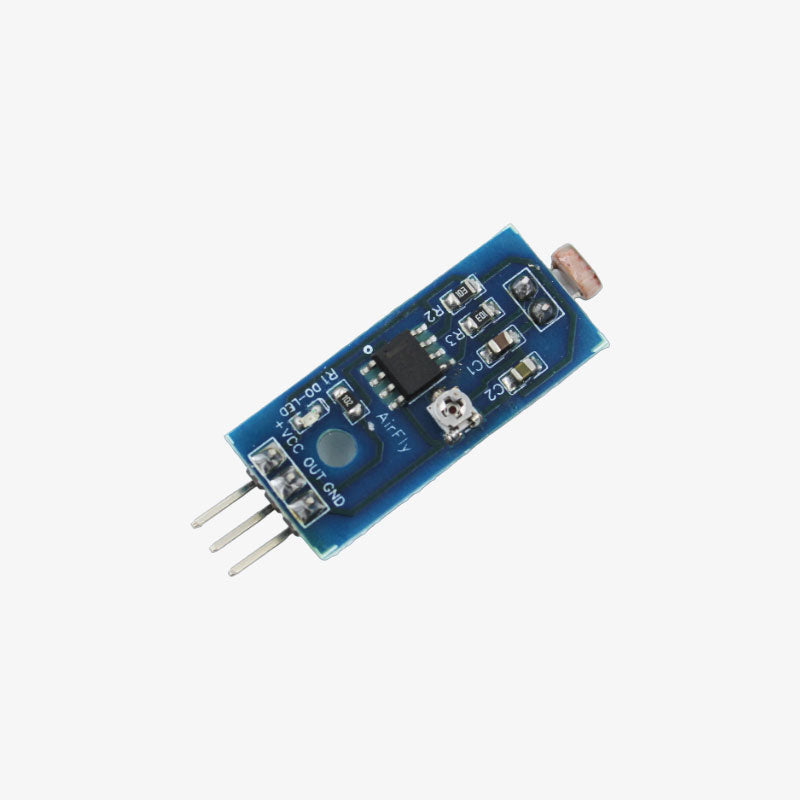What is a Light Sensor? - Types, Uses
A light sensor, also known as a photosensor or photodetector, is a device that detects and measures the intensity or brightness of light in its surrounding environment. These sensors are commonly used in various applications to automate processes, enhance energy efficiency, or trigger specific actions based on the level of light present. There are different types of light sensors, and they operate on various principles.

Here are some common types and uses:
Types of Light Sensors:
Photovoltaic Cells:
- Principle: Generate electric current when exposed to light.
- Uses: Solar panels, outdoor lighting, and power generation.
Photodiodes:
- Principle: Convert light into an electrical current.
- Uses: Light meters, optical communication, and ambient light sensing in electronic devices.
Phototransistors:
- Principle: A transistor that responds to light.
- Uses: Proximity sensors, light barriers, and automatic street lights.
Photonic Integrated Circuits:
- Principle: Integrated circuits that process and manipulate light signals.
- Uses: Optical communication systems, medical imaging devices.
Photonic Crystal Light Sensors:
- Principle: Use of periodic nanostructures to control the flow of light.
- Uses: High-resolution imaging, optical communications.
Light-Dependent Resistors (LDRs):
- Principle: Change resistance based on light intensity.
- Uses: Automatic street lights, camera exposure control, and burglar alarms.
Uses of Light Sensors:
Ambient Light Sensing:
- Adjusting the brightness of displays in electronic devices (e.g., smartphones, laptops) based on ambient light conditions.
Outdoor Lighting Control:
- Activating and deactivating outdoor lights based on the natural light available.
Solar Energy Systems:
- Monitoring light levels for optimal performance in solar panels.
Security Systems:
- Detecting changes in ambient light for security purposes, such as triggering alarms or surveillance cameras.
Automotive Applications:
- Automatic headlights that adjust brightness based on external light conditions.
Industrial Automation:
- Controlling processes based on variations in light levels for efficiency and safety.
Consumer Electronics:
- Adjusting the backlight of displays, detecting ambient light for camera exposure control in photography.
Proximity Sensing:
- Detecting the presence or absence of an object by measuring reflected light.
Medical Devices:
- Used in medical imaging devices for precise light control.
Light sensors play a crucial role in improving efficiency, energy conservation, and automation across various industries and everyday devices. The specific type of light sensor chosen depends on the application's requirements and the desired level of sensitivity and accuracy.
Comments
Post a Comment